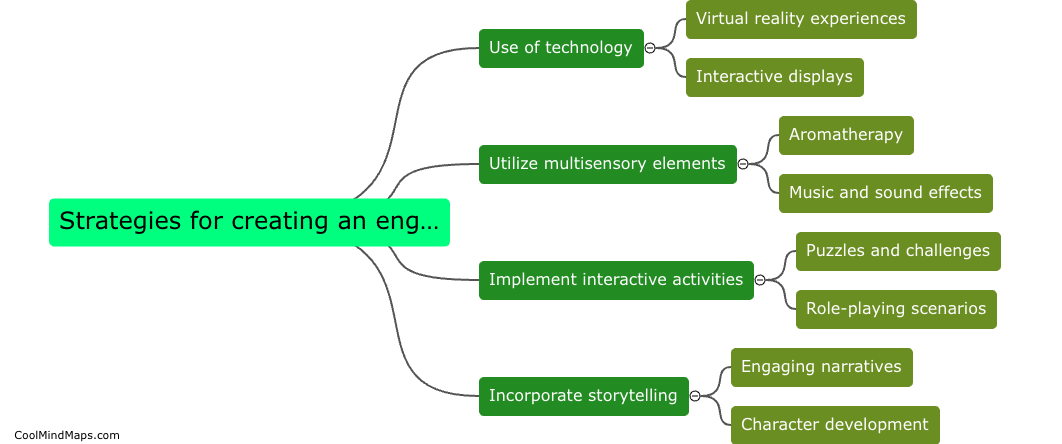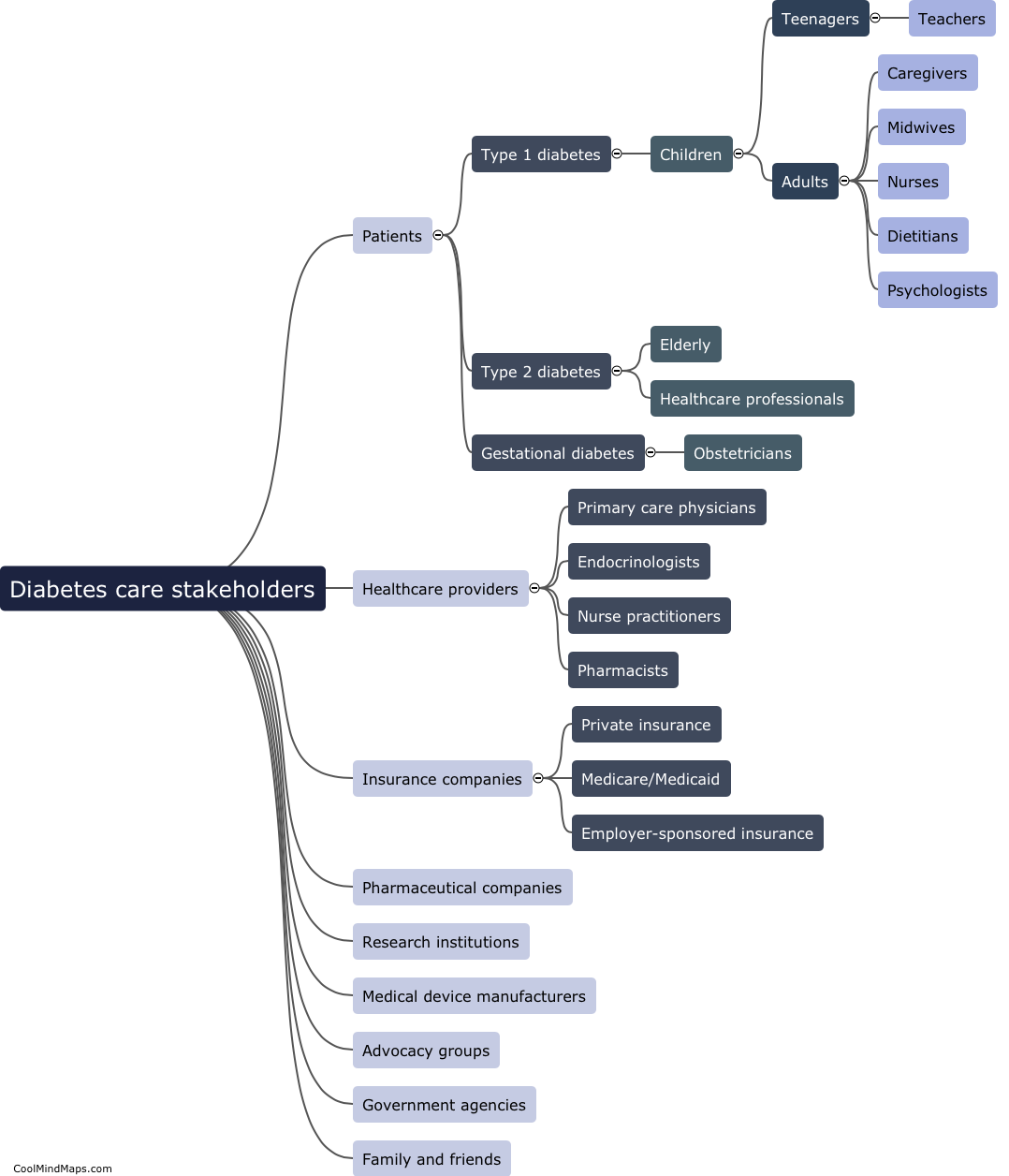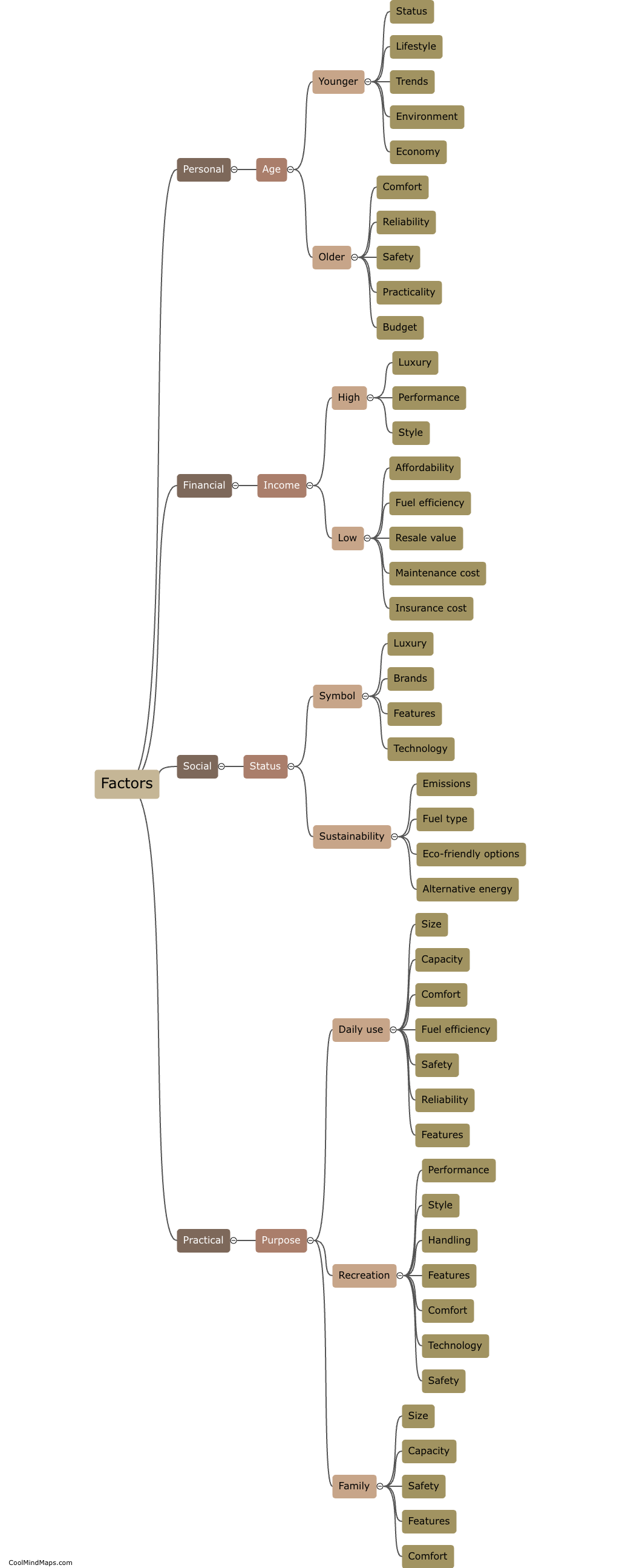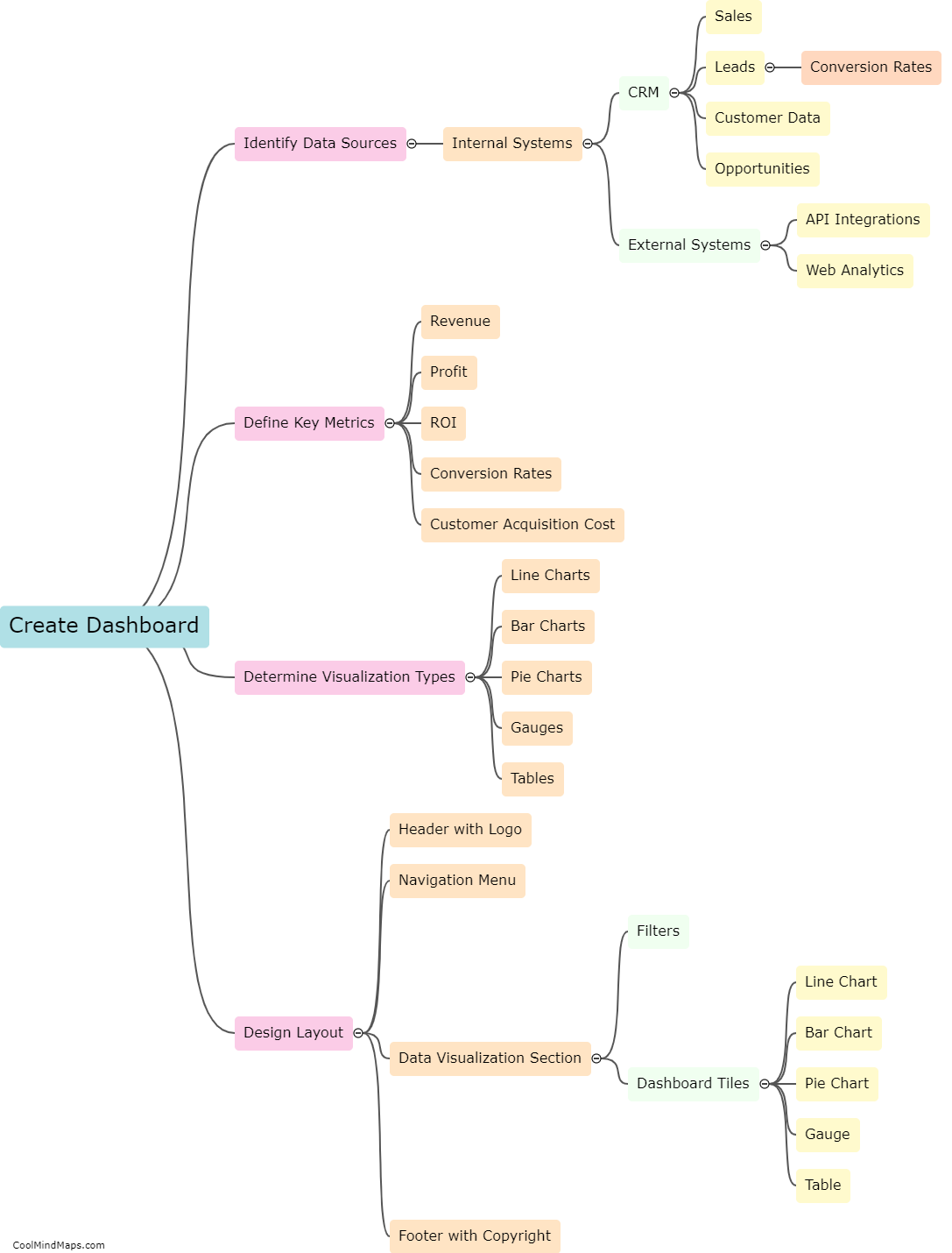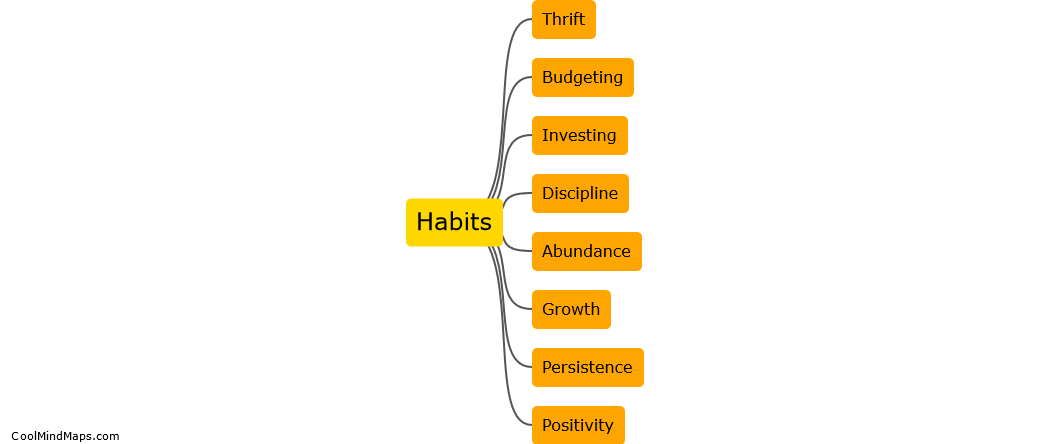How does the system of checks and balances work?
The system of checks and balances is a fundamental aspect of the United States government, ensuring that no branch of government has too much power or becomes tyrannical. It operates through a series of checks and restraints on each branch of government. The legislative branch, composed of Congress, can pass laws but they must be signed by the president to become effective. However, the president can veto a bill and send it back to Congress for further consideration. In turn, Congress can override the veto with a two-thirds majority vote. The judicial branch, on the other hand, can interpret laws and determine their constitutionality. Additionally, the president appoints judges to the courts, but the Senate must approve these nominations. Each branch thus acts as a check on the others, ensuring that the power is balanced and that no branch becomes dominant.
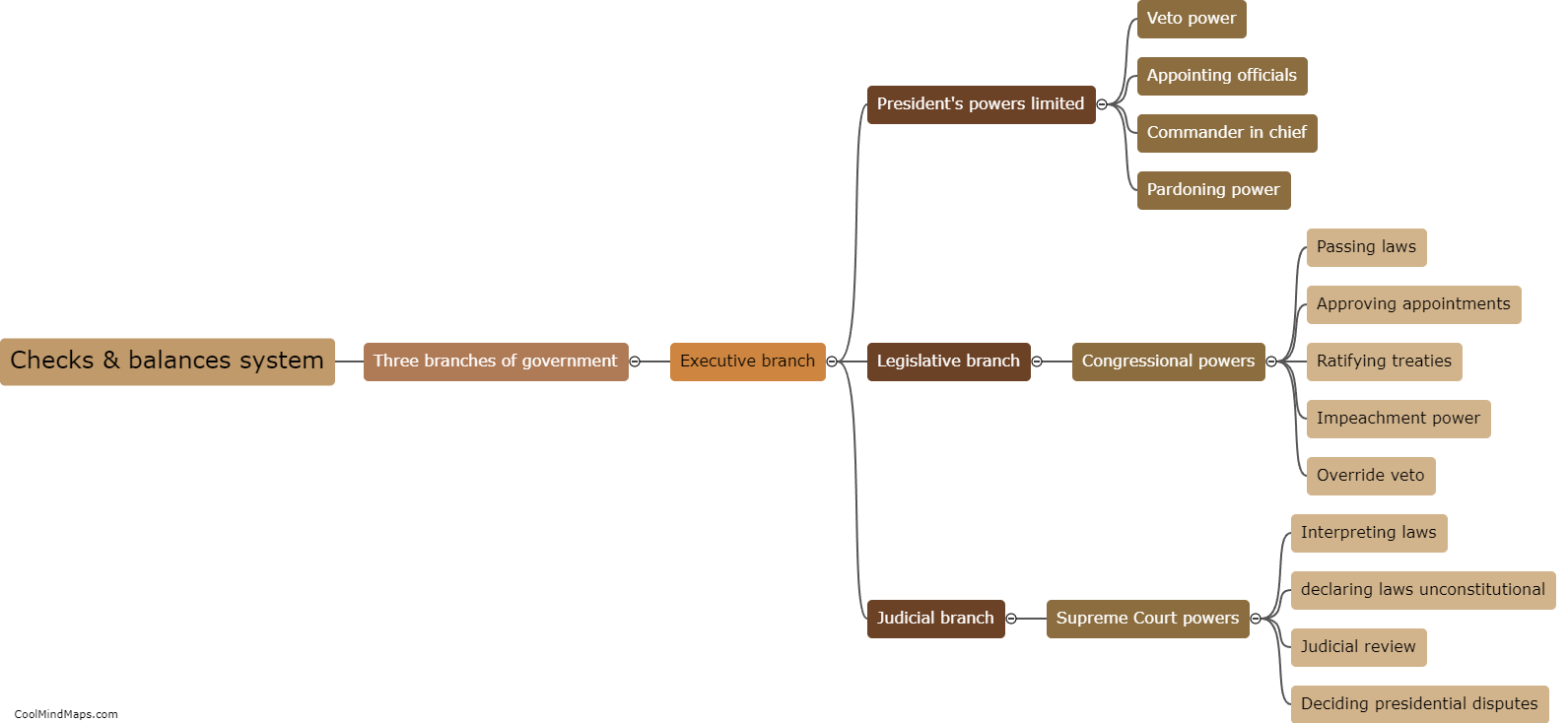
This mind map was published on 20 December 2023 and has been viewed 111 times.


